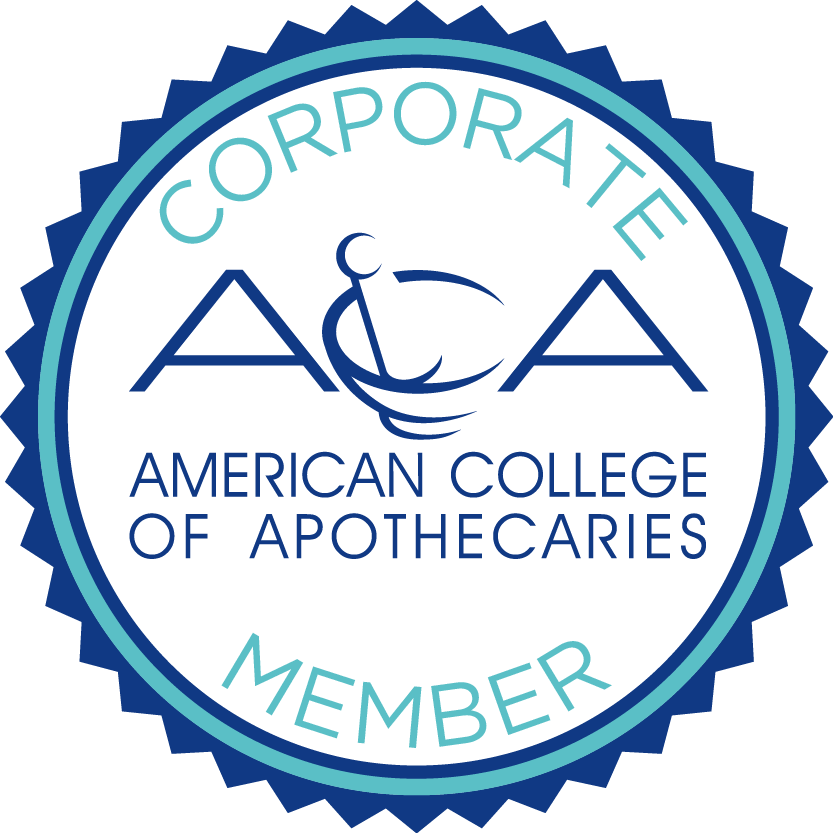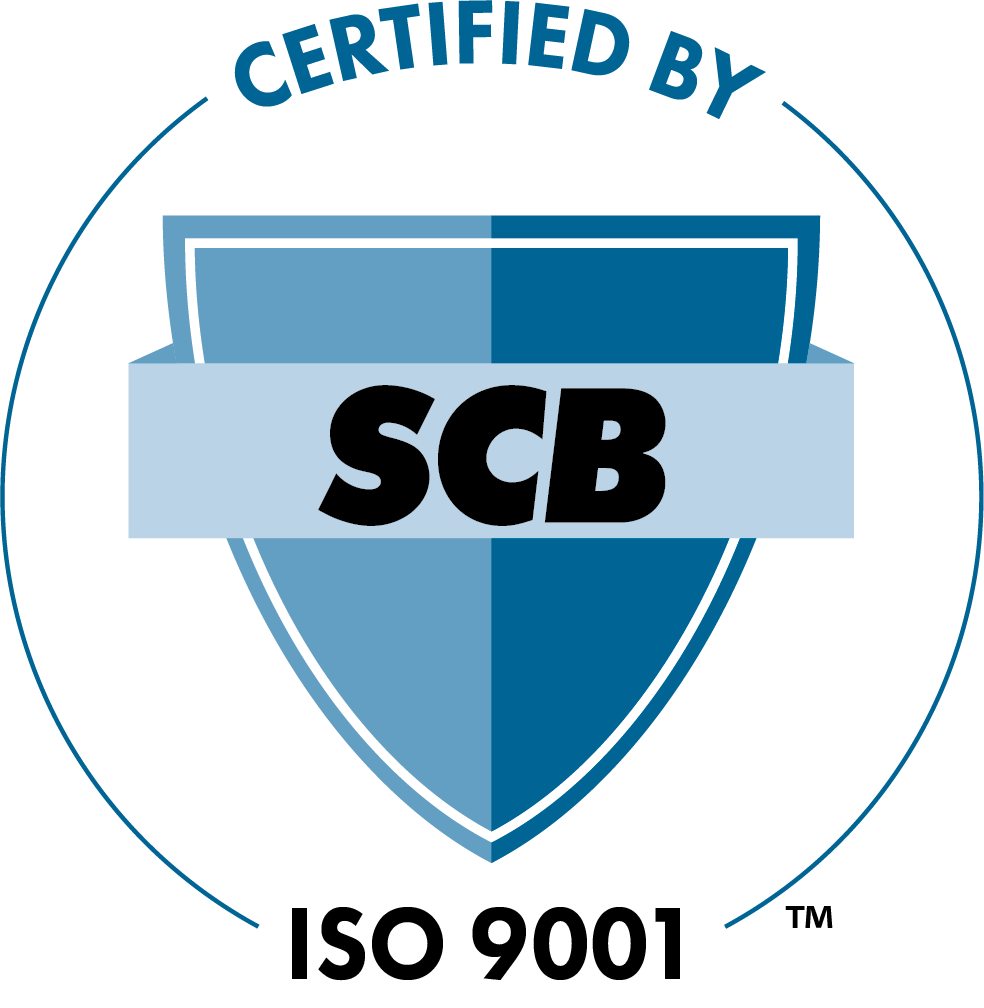Follow These Easy Steps to Improve the Aesthetics and Accuracy of Your Compounded Suppositories


Step 2: Temperature: Most preparations tend to expand as a function of the temperature. In order to add your excipients and active ingredients, you need to first melt your suppository base. Therefore, heat is required. Nonetheless, depending on what is being compounded, the temperate can be adjusted to yield your perfect mixture. If you use too high of temperature, some of your excipients may start to denature and as it cools off, you may see excessive air pockets and the appearance of your mixture might not be aesthetically pleasing. Therefore it is important to monitor the temperature and make sure it does not rise above what is recommended.

Step 3: Compounding Methodology: Change the method of how you compound. Perhaps you are mixing for too long, or too fast, thus excessive air pockets may be introduced into your compounding mixture. Some pharmacies are using magnetic stirs to mix, others mix using a glass rod, and some may be using a centrifugal mixer. With any type of equipment used, there is a potential to introduce air pockets, and some methodology adjustments may need to take place.

Step 4: Cool Slow: As the temperature drops and your base retracts, you may start seeing air-pockets and even a concave dip on the top surface layer of your product while resting in the mold. Cooling at room temperature often seems to help. In the interest of time, most compounders will have a tendency to place the mold on the refrigerator right away so that the final product solidifies quicker. On several experiments, we have observed a substantially larger amount of air pockets developing, while the mold cools in the fridge, rather than at room temperature. Therefore, we recommend that some compounds be cooled at room temperature, especially if you had previously observed the formation of air pockets.

Step 5: R&R – Remelt & Recoat: Sometimes you may find that your molded suppositories or troches while may look suboptimal. Perhaps the surface layer is uneven, some cavities may be slightly underfilled, and others may be overfilled. As we know, the goal is for every cavity to look identical or at least, near-identical. Thus, one simple trick you can use is to remelt and recoat the top surface layer of the solidified compound in your mold. Using a standard heat gun (not a blow dryer) and following your company’s SOPs for your employees safety (goggles, heat resistant gloves, etc.), simply apply an even amount of heat evenly over the surface of the mold or over the problematic area as your suppositories cool. Note: this step usually takes less than one minute. As soon as you see your base change phase to it’s molten state, then it’s time to recoat. Tip: maintain the heat gun at least 6 inches away from the mold.










